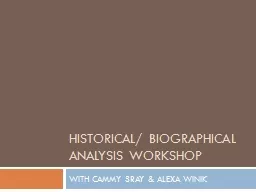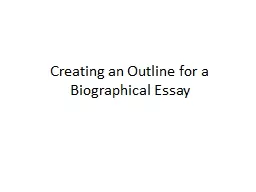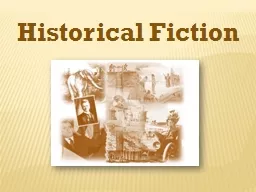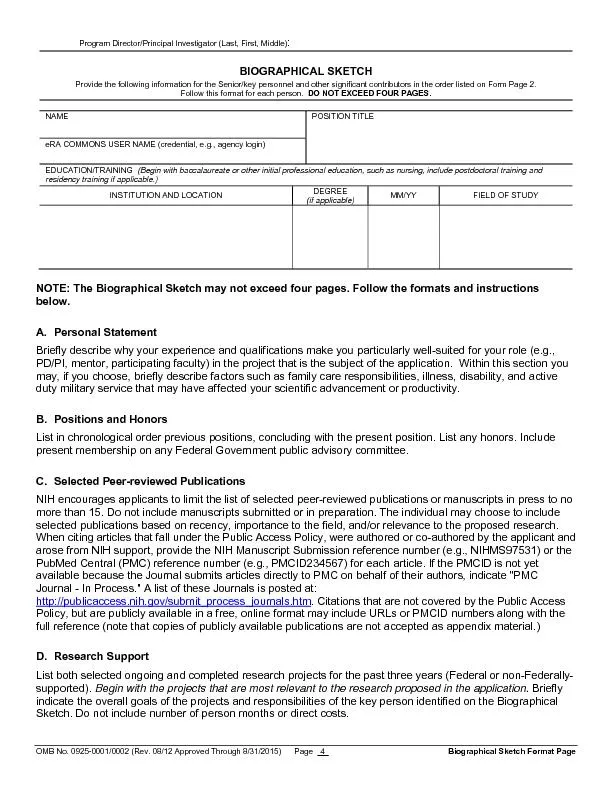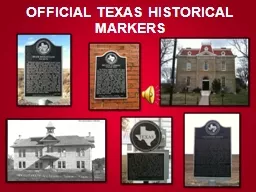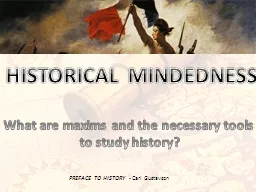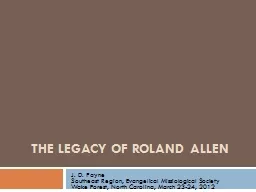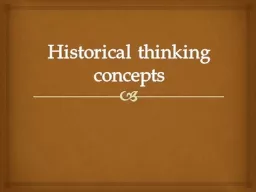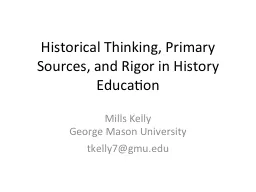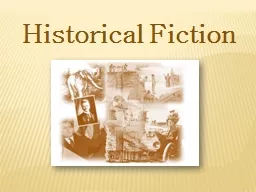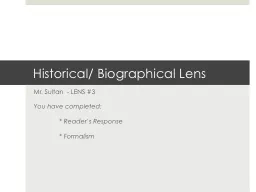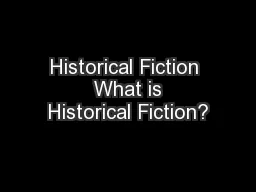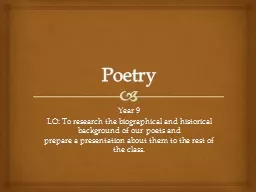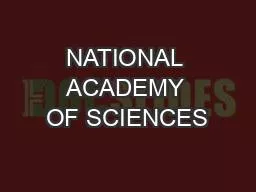PPT-Historical/ Biographical Analysis WORKSHOP
Author : lindy-dunigan | Published Date : 2018-10-30
WITH CAMMY SRAY amp ALEXA WINIK HistBio Analysis What Is It Situating the Text Using the context surrounding a text to create a lens to interpret that text Contextevent
Presentation Embed Code
Download Presentation
Download Presentation The PPT/PDF document "Historical/ Biographical Analysis WORKSH..." is the property of its rightful owner. Permission is granted to download and print the materials on this website for personal, non-commercial use only, and to display it on your personal computer provided you do not modify the materials and that you retain all copyright notices contained in the materials. By downloading content from our website, you accept the terms of this agreement.
Historical/ Biographical Analysis WORKSHOP: Transcript
Download Rules Of Document
"Historical/ Biographical Analysis WORKSHOP"The content belongs to its owner. You may download and print it for personal use, without modification, and keep all copyright notices. By downloading, you agree to these terms.
Related Documents

